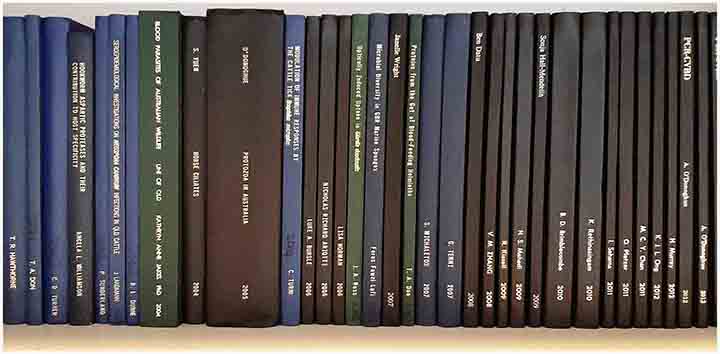I became fascinated by the microscopic world involving unicellular protozoa during my university education and have been fortunate to have had gainful employment in this field for my entire career. I have travelled extensively but quickly noticed the lack of comprehensive studies on native Australian protozoan fauna. I therefore specialized in research on protozoan species infecting humans and animals in Australia.
I completed my PhD on the epidemiology and development of cyst-forming sporozoa of domestic animals at the Institute of Medical and Veterinary Science in Adelaide in 1979. I was then awarded a Research Fellowship by the Alexander von Humboldt Foundation in Germany in 1980 and spent two years researching the ultrastructure and immunology of protozoan parasites at the Institute for Comparative Tropical Medicine and Parasitology at the University of Munich and the Institute of Parasitology at the Hanover School of Veterinary Medicine.
In 1982, I returned to Australia and worked as a Research Scientist in the Parasitology Section of the Central Veterinary Laboratories of the South Australian Department of Agriculture. I provided diagnostic, research and extension services in protozoology to private industry and government agencies, working primarily on protozoa associated with morbidity and mortality in production animals.
In 1994, I was appointed as Senior Lecturer in the Department of Parasitology at The University of Queensland in Brisbane and was promoted to Reader in 2001 and Professor in 2007 in the amalgamated Department of Microbiology and Parasitology in the School of Molecular and Microbial Sciences (later renamed the School of Chemistry and Molecular Biosciences). At university, I was finally eligible for funding through the Australian Research Council (ARC) and the National Health and Medical Research Council (NHMRC). I was able to conduct discrete applied research projects involving postgraduate students using the excellent technical facilities of the university. The projects varied considerably in scope depending on the annual priorities of the funding agencies, but essentially they addressed protozoan biodiscovery and biodiversity. I proved to be a cheap scientist, requiring basic funding to collect clinical and environmental samples and access to reliable microscopes to identify protozoa.
I use both conventional morphological and contemporary molecular technologies to identify protozoan species, determine their developmental cycles and indicate their pathogenic potential. I established applied research programs with the Queensland Institute of Medical Research (QIMR), Queensland Museum, International Reference Centre for Avian Haematozoa, Department of Primary Industries, and Veterinary Schools in Australia (Brisbane, Melbourne, Perth) and Germany (Hannover).
I was a founding member of the CRC for Australian BioSecurity, the ARC/NHMRC Research Network for Parasitology, and the Australian Microbial Resources Research Network, and participated in the CRC for Water Quality and Treatment and the CRC for Aquaculture.
I continue to be extensively consulted by clinicians, industry and government on disease surveillance, quarantine, outbreaks and enigmatic cases. I remain active in several long-term projects on the kinetics (time course) and dynamics (intensity) of infections in Australian wildlife, and am reviewing the current status of our knowledge for future workers.
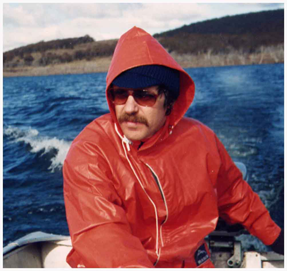
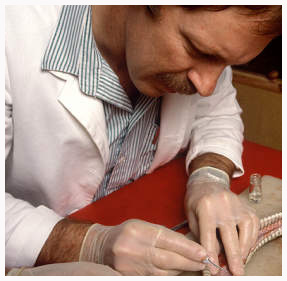
“Peter O’Donoghue commenced his studies at the University of Adelaide, graduating with an Honours degree in science in 1974. He completed his PhD in parasitology at the Institute of Medical and Veterinary Science in Adelaide in 1979. From 1980-1982, Peter held an Alexander von Humboldt Research Fellowship in Germany, at both the Institute for Comparative Tropical Medicine in Munich and the Institute for Parasitology in the School of Veterinary Medicine in Hannover. He returned to Australia and was employed as Research Scientist in the Parasitology Section of the Central Veterinary Laboratories at the South Australian Department of Agriculture until his appointment at UQ in 1994.
Peter’s brilliance as a teacher has been formally recognized through a UQ Award for Excellence in Teaching in 2000 and as joint winner of the 2002 Prime Minister’s Australian Award for Individual University Teacher of the Year. Peter completed a Graduate Certificate in Higher Education in 2000 and brought innovative approaches to teaching and learning in science, medicine, nursing, pharmacy and veterinary science. His tremendous breadth of knowledge of parasitology and his enthusiasm have been widely acclaimed by students and staff alike.”
“Peter has specialized in research on protozoan parasites affecting human and animal health and he is an international authority on their diagnosis and treatment. He consults with industry and government on public health and water quality issues. Peter’s studies have led to the discovery of many new pathogenic species and strains causing emerging diseases, particularly in children and neonatal animals. He developed novel treatment and control procedures for production-limiting diseases in agriculture and aquaculture. Peter is a strong supporter of wildlife research and he pioneered national surveys on native marsupials, birds and reptiles. His studies extend to free-living protozoa and he is cataloguing the biodiversity of aquatic and terrestrial species in Australia and Antarctica. Collectively, Peter has published 130 research papers, presented over 120 conference papers and graduated over 50 higher degree students. His DSc thesis is the culmination of three decades of applied research on the characterization of protozoan species in Australia.”
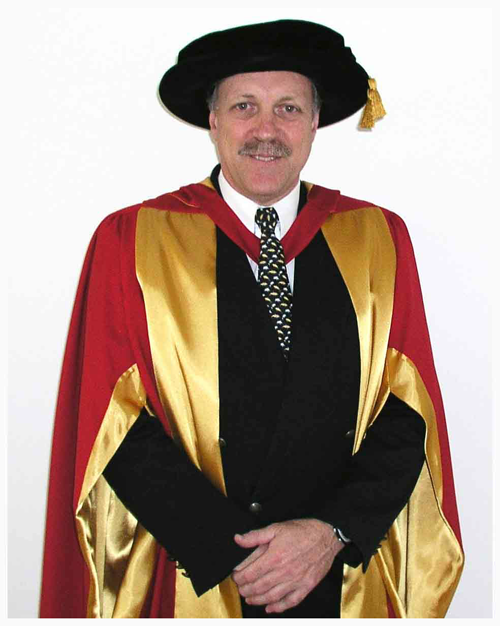
Protozoa (or Protista) are single-celled (unicellular) eukaryotes (with discrete nuclei) that have developed many special subcellular features (organellar, cytoskeletal and membranous elements) to move about and survive in their various environments (whereas the multicellular metazoan animals developed complex tissues and organs comprising specialized cells). Four major groups of protozoa are recognized: sporozoa (spore-formers); flagellates; ciliates; and amoebae. The former are all parasitic in vertebrate and invertebrate hosts, while the latter 3 assemblages have free-living representatives in soil and water as well as parasitic representatives in host animal tissues.
My area of specialisation is clinical protozoology and I practice as a diagnostician: that is, I identify protozoan parasites in human and animal hosts. My goal is to characterize the protozoan species occurring in Australia. My studies are deliberately parochial as our continent is simply the last great unexplored bastion for micro-fauna. Little is known about protozoa in the gut, blood and tissues of our unique native animals.
I seek to define the morphology, biology, phylogeny and pathogenicity of protozoan species endemic in Australian hosts (mammals, birds, reptiles and fish). I have detected a high degree of protozoal endemicity in Australia suggesting their evolution in long isolation. My research involves studying parasite form and function as well as host-parasite interactions resulting in disease.
I apply conventional and contemporary technologies to study organismal, cellular and molecular biology, including light and electron microscopy, biochemical and immunological assays, protein profiling and nucleotide analyses. I evaluate morphological and molecular characters for the differential diagnosis of species and to provide reliable markers for biological traits of clinical and epidemiological significance. I determine relationships between the site of infection, parasite pathogenicity, host specificity and mode of transmission.
Many parasitic protozoan species have fast life-cycles which out-race host immune responses. They invade host tissues, proliferate rapidly and then exit the host as encysted stages infective to other hosts. Resultant diseases are therefore often rapid, acute and severe. Other protozoan species have slow life-cycles where they hide in host tissues to optimize their chances of being taken up by predators or invertebrate vectors. These species cause protracted, chronic diseases often characterized by space-occupying lesions. Effective treatment and control relies on a thorough knowledge of the parasites involved, their effects on their hosts and the epidemiology of infections.
I have specialized in five major areas of research: cyst-forming sporozoa in humans and domestic animals (esp. abortifacients); enteric coccidia in humans and wildlife (diarrhoeal diseases); protozoa affecting aquaculture (those causing lesions); endosymbiotic protozoa in herbivores (vital to ‘rumen’ ecosystems); and protozoal biodiversity (species richness).
Area |
Period |
Location |
Animal parasitology |
1974-1979 1980-1981 1981-1982 1983-1993 1994-present |
IMVS, Adelaide, South Australia University of Munich, Germany Tierarztliche Hochschule, Hannover, Germany VetLab, Adelaide, South Australia The University of Queensland, Brisbane |
Medical parasitology |
1994-2020 1994-2020 |
The University of Queensland, Brisbane Queensland Institute of Medical Research |
Aquaculture |
1990-1993 1994-2020 |
VetLab, Adelaide, South Australia The University of Queensland, Brisbane |
Endosymbiotic protozoa |
1990-1993 1994-present |
IMVS, Adelaide, South Australia The University of Queensland, Brisbane |
Protozoal biodiversity |
1986-present | The University of Queensland, Brisbane (with Australian Biological Resources Study) |
Animal Parasitology
Experimental transmission studies conducted on the cyst-forming sporozoan parasites Sarcocystis spp. characterized the acute and chronic diseases produced in sheep. Subsequent research examined the epidemiology of infections, parasite development and ultrastructure, differential diagnosis by biochemical and serological assays, host specificity and pathogenic potential in ruminants, wildlife and humans, antigen characterization and the acquisition and duration of protective immune responses. It was concluded that infections in field populations were in a state of enzootic stability and that any attempts to eradicate parasites would jeopardize the high degree of ‘herd immunity’ protecting livestock from acute disease.

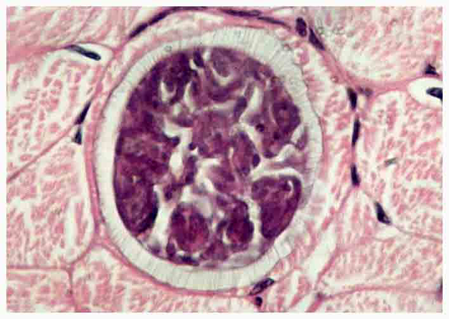
Medical Parasitology
Various anaerobic protozoa cause gastro-intestinal or urogenital diseases in humans, including the flagellates Giardia and Trichomonas, the amoeba Entamoeba and the sporozoan Cryptosporidium. Extensive studies were conducted on clinical and environmental isolates to determine their identity, pathogenicity and drug susceptibility. Parasites were found to vary markedly in their host ranges, disease potential and drug susceptibility/resistance. Infections were also found to be more common in wildlife than previously thought and the potential for zoonotic transmission clearly exists. The contamination of the Sydney water supply highlights the potential for water-borne transmission and the difficulties involved in the provision of safe drinking water.
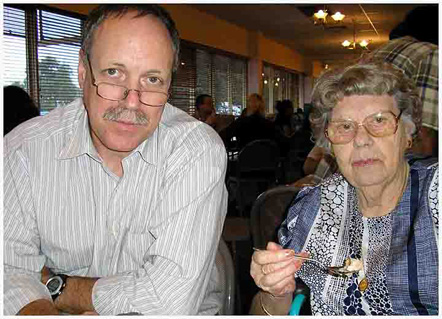
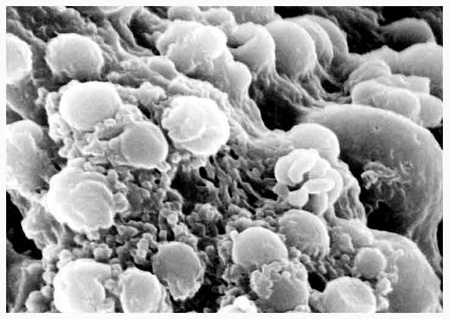
Aquaculture
The impact of protozoan species on crustacean and finfish aquaculture was examined through retrospective case studies and prospective surveys. Ectocommensal ciliates were found to cause significant fouling and hypoxia in freshwater crayfish; some free-living species even causing opportunistic systemic infections. Endoparasitic microsporans, myxozoans and ciliates were associated
with tissue lesions in cultured fish and shellfish, wild finfish and molluscs. Treatment and control options were found to rely on timely diagnosis and a sound knowledge of parasite transmission cycles.
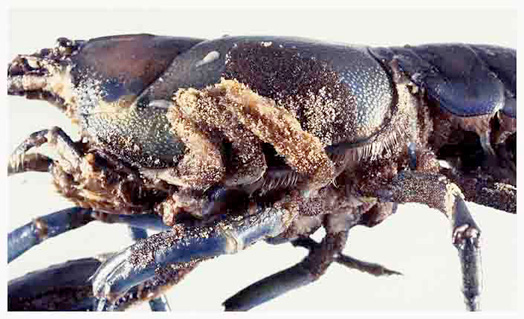

Endosymbiotic protozoa
Many herbivorous animals rely on endosymbiotic protozoa to help digest their food but little is known about the species inhabiting native Australian herbivores. Studies are being conducted to determine the microbial fauna of introduced eutherian mammals (ruminants and horses), native marsupials (kangaroos and wallabies), herbivorous reef-fish and wood-eating insects. Morphological and molecular phylogenetic studies revealed a unique assemblage of litostome ciliates in macropodid marsupials (kangaroos, wallabies and allies). These ciliates were endemic to their Australian hosts, suggesting their separate evolution from cosmopolitan litostome species abundant in introduced ruminants. Complementary studies are cataloguing the species of ‘rumen’ protozoa found in Australia in sheep, goats, cattle, deer and horses. Novel species of parabasalid flagellates are currently being described from lower termites endemic within Australia. Many endosymbiotic protozoa have been found to be amitochondriate and rely instead on hydrogenosomes as their organelles of energy transduction. Many also have unique hypersymbiotic relationships with methanogenic bacteria either within the cytoplasm or attached to the cell wall.
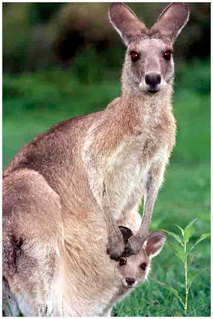
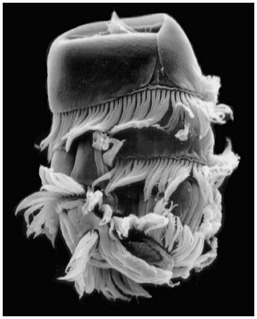
Protozoal biodiversity
A variety of studies have been conducted on topical emerging diseases and protozoal biodiversity in Australia. Descriptive and experimental studies were conducted on protozoal abortion in dairy cattle and sheep, diagnostic enigmas involving pseudoparasites in diarrhoeic patients, coccidiosis in poultry and livestock, and blood-borne protozoan infections in birds and reptiles. Systematic surveys were also conducted on parasitic protozoa in wildlife, free-living ciliates and testate amoebae in freshwater sources, and naked amoebae from Antarctic soils. The current status of protozoology in Australia has also been summarized in a monograph cataloguing all parasitic protozoan species previously recorded in Australia. Modern information technology is being applied to the identification of protozoan parasites and their diseases. Differential diagnosis is frequently complicated by parasite pleomorphy, broad host specificity and geographic range and the relative nonspecificity of associated clinical disease. I want to amalgamate these discordant character sets into one comprehensive database using LucID software from CPITT (Centre for Pest Information Technology and Transfer) to develop interactive, randomaccess, multimedia keys to protozoan parasites in Australian hosts.
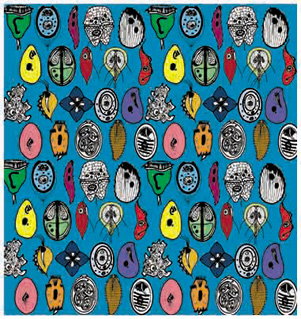

Clinical samples continue to be collected opportunistically from a range of Australian native animals by veterinarians, wildlife managers and fellow researchers. The faecal, blood and tissue samples are screened for protozoan parasites which are then identified, predominantly by morphometric studies (old-school alpha-numeric taxonomy). If possible, cryptic or enigmatic species are referred to colleagues for molecular characterization (new-school phylogenetic taxonomy).
Haemoprotozoa in birds
Several surveys have been conducted to determine the range of blood protozoa occurring in Australian birds in collaboration with Currumbin Sanctuary, The University of Queensland Veterinary School, Taronga Zoo and Adelaide Zoo. Positive reference material is lodged with the International Reference Centre for Avian Haematozoa located at the Queensland Museum. A range of haematozoan species (Plasmodium, Haemoproteus and Leucocytozoon) have been detected in blood smears, but rarely in association with clinical disease. Several instances of tissue schizonts causing space-occupying lesions have been linked to several Haemoproteus and Leucocytozoon spp.
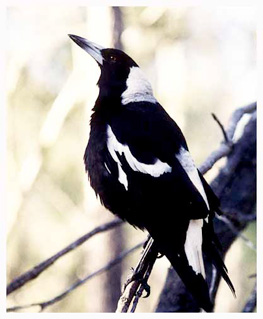

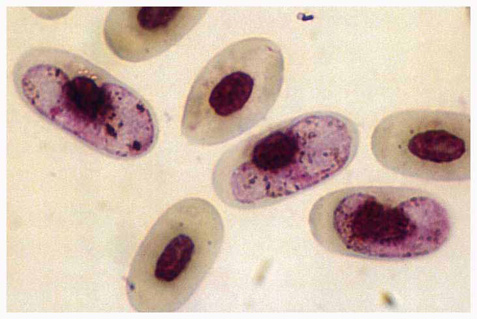
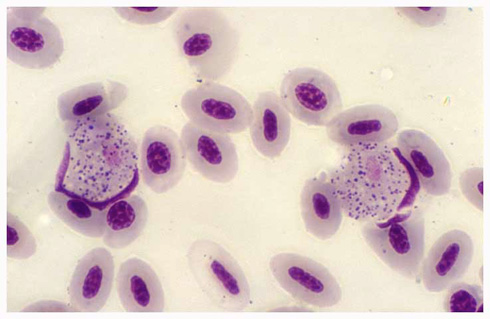
Parasitic diseases of reptiles
Several projects are being conducted to identify protozoan parasites in blood and faecal samples from snakes, lizards and tortoises in northern Australia, New Guinea and various Pacific Islands. These studies are focussed on parasites which may cause clinical diseases to indicate their involvement in declining host populations and to assess their potential for biological control of pest species.
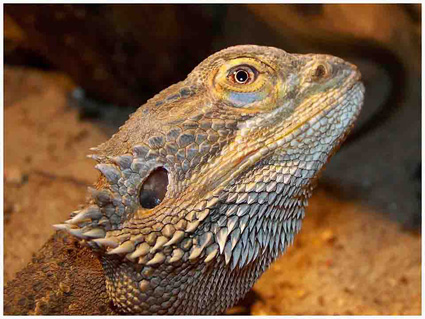

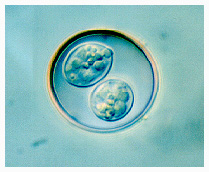

Testate amoebae
Planktonic and benthic water samples were collected at regular intervals throughout three major drainage divisions of Australia, including the River Murray-Darling Basin. Testate amoebae were recovered and processed by scanning electron microscopy and energy-dispersive X-ray spectroscopy to reveal the shape and composition of their tests (shells). Numerous endemic species
were encountered, both lobose and filose amoebae forming shells composed either of xenosomes (foreign elements) or idiosomes (secreted endogenous material). The natural beauty of these ‘cells with shells’ is being captured in an annotated atlas.
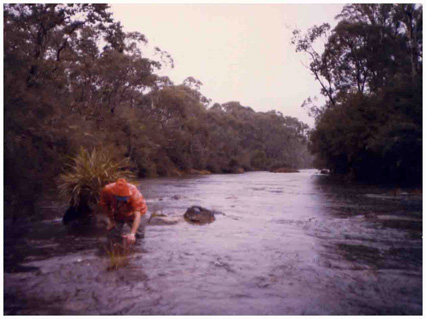

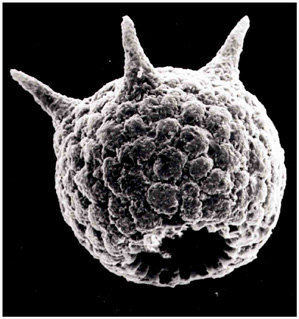
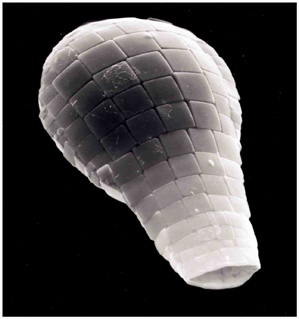
It has been my honour to supervise some 57 postgraduate students involved in a range of collaborative research projects. These clever people have grown to become awesome scientists, skilled technicians, and good friends.
2017 – Min-Yen Wei – scabies immunolog
2014 – Rebecca Dunne – trichomonad gene mapping
2012 – Kelvin Jian-Li Ong – mitochondrial genomes in sucking lice
2012 – Hugh Murray – scabies immunology
2011 – Michelle Chan – rodent coccidia
2011 – Odette Pletzer – avian haematozoa
2011 – Ishani Sahama – antimalarial compounds
2010 – Ben Brimblecombe – testate amoebae of mosses
2010 – Kalaivani Rethinasingam – rumen ciliates, deer
2010 – Sonja Hall-Mendelin – paralysis tick toxins
2009 – Mahadi Nur Sakinah – antimalarial artemisinin derivatives
2009 – Rebecca Kissel – antimalarial compounds
2008 – Veronica Zhang – malaria cell cycle
2007 – Gillian Tenni – reptile haemoprotozoa
2007 – Stavroula Michaletos – rumen ciliates, sheep and goats
2007 – Zainab Dost – malaria vaccine
2007 – Bennet Datu – hookworm proteomics
2007 – Janelle Wright – trichomonad drug treatment
2007 – Gillian Tenni – wildlife haematozoa
2007 – Stavroula Michaletos – rumen ciliates
2006 – Tegan Don – hookworm haemolysins
2006 – Ferris Lafi – sponge bacteria
2006 – Nick Ariotti – wombat ciliates
2006 – Chris Peatey – malaria development
2006 – Lisa Norman – meat sarcocysts
2006 – Luke Bursle – redclaw parasites
2004 – Sheung-Yi Yuen – horse ciliates
2003 – Cornelia Turni – babesia-tick immunological interactions
2003 – Katie Jakes – haemoprotozoa of wildlife
2003 – Jurgen Landmann – bovine neosporosis
2002 – Rebecca Dunne – trichomonad genetics
2002 – Philip Sunderland – schistosome proteins
2002 – Matt Dixon – malaria gene expression
2002 – Coralyn Turner – termite flagellates
2002 – Angela Williamson – hookworm proteases
2001 – Tim Hawthorne – cattle rumen ciliates
2001 – Stephen Cameron – kangaroo ciliates
2000 – Ben Mathews – Giardia characterization
2000 – Sonya Hall-Mendelin – tick toxins
2000 – Rose Lederer – avian haemosporidia
2000 – Phong Huynh – pufferfish parasites
2000 – Pauline McDonnell – Giardia characterization
1999 – Vanessa Batten – fish ciliates
1999 – Alastair Dove – freshwater fish parasites
1998 – Margaret Munroe – tortoise haematozoa
1998 – Angela Williamson – hookworm proteases
1998 – Sascha Hallett – aquatic myxospora/actinospora
1997 – Sue Liu Giardia – drug resistance
1997 – Paul Evans – bovine neosporosis
1996 – Stephen Cameron – kangaroo ciliates
1995 – Frank Low – crayfish parasites
1995 – Medhi Sayyas – whiting coccidia
1991 – Gillian Caughey – chemotherapy of crayfish parasites
1990 – John Walters – trichostrongyle serology
1989 – Norbert Mencke – sarcocyst serology
1989 – Richard Lumb – cryptosporidial antigens
1984 – Mike Riley – ovine toxoplasmosis
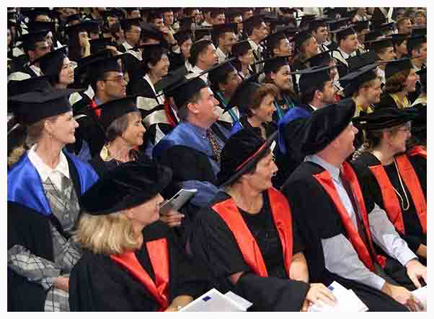

Current career listing (as of 2021) stands at 259 works: comprising 126 publications (112 journals, 2 books, 4 book chapters, 3 research reports, 3 theses, 1 technical report and 1 database) and 133 conference papers. The complete listing (with pdf documents) is available through eSpace at UQ and is accessible via the UQ website.

